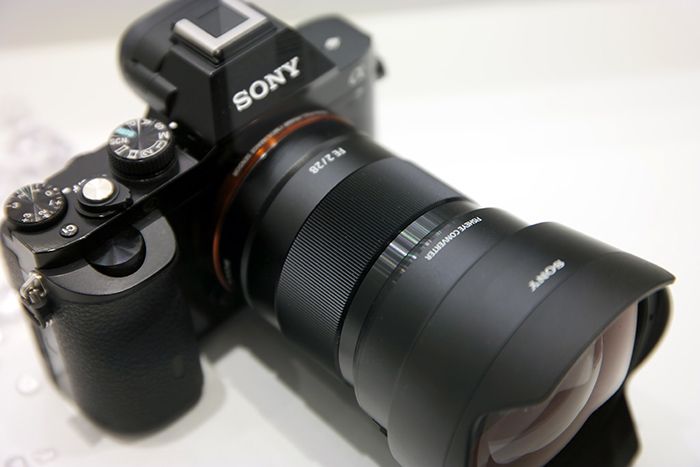bradhusick
Active member
So Sony comes out with this nice full frame camera that's small and compact (A7II) and then shows off some upcoming lenses at CES...
Here's a photo of the mockup 35/1.4 Distagon without a hood. This monster is 4.5 to 5 inches long, about 2.5 to 3 inches in diameter, and probably weighs more than a pound. 72mm filter size!
The Leica 35/1.4 is 2.2" x 1.8" and weighs 320g. Yes, I know it's not autofocus. Yes I know I can adapt it to use on the Sony body, but I can use it on my M240 without an adapter.
These monster Sony lenses are why I gave up on the NEX 7 in the first place.
Here's a photo of the mockup 35/1.4 Distagon without a hood. This monster is 4.5 to 5 inches long, about 2.5 to 3 inches in diameter, and probably weighs more than a pound. 72mm filter size!
The Leica 35/1.4 is 2.2" x 1.8" and weighs 320g. Yes, I know it's not autofocus. Yes I know I can adapt it to use on the Sony body, but I can use it on my M240 without an adapter.
These monster Sony lenses are why I gave up on the NEX 7 in the first place.
Last edited:

